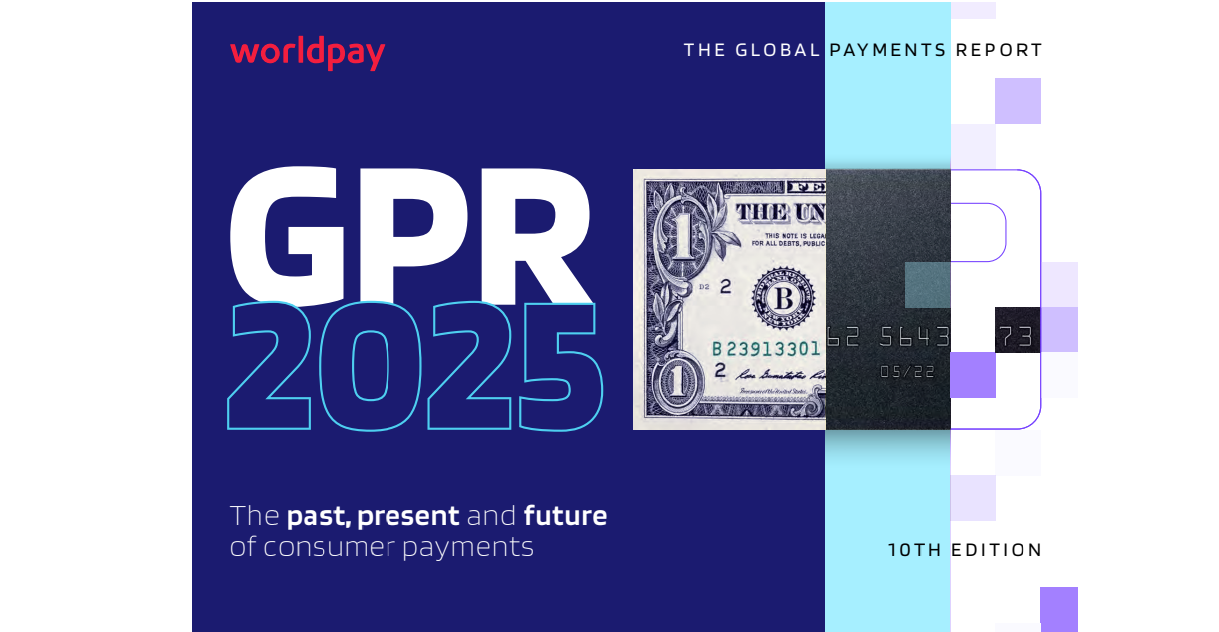
Pandora Grows Subscription Revenue 63.2 Percent in Q4 2017
Lorem ipsum dolor sit amet, consectetur adipiscing elit. Ut elit tellus, luctus nec ullamcorper mattis, pulvinar dapibus leo.
Source: Pandora

Last week internet radio platform Pandora (NYSE: P) reported its fourth quarter and full-year 2017 financials. While there were many positive highlights to report, including a 63 percent increase in subscription revenue, the company posted a GAAP net loss of $44.7 million, or ($0.21) per share. Though a big hit to Pandora, this was a big improvement over the $90.0 million net loss, or ($0.38) per share, the company reported for the fourth quarter of 2016. Pandora reported adjusted EBITDA of $5.8 million, compared to a loss of $30.4 million in the same period the prior year.
Other highlights for the fourth quarter of 2017 include:
- Total revenue, excluding revenue from Australia, New Zealand and Ticketfly, was $395.3 million, a 7 percent increase year-over-year, significantly exceeding the company’s forecast.
- The company sold Ticketfly to Eventbrite on September 1, 2017.
- Advertising revenue was $297.7 million, or 75.3 percent of total revenue, compared to $313.3 million for Q4 2016.
- Subscription revenue was $97.7 million, a 63 percent increase year-over-year, and 24.7 percent of total revenue. According to Reuters, the average analyst estimate was $94.1 million.
- Total subscribers to Pandora Plus and Pandora Premium were 5.48 million, a 25 percent increase over the same period last year.
- Total listener hours were 5.03 billion, down slightly from 5.38 billion total listener hours in Q4 2016.
- At the end of Q4 2017, Pandora had 74.7 million active listeners, down from 81.0 million at the end of Q4 2016.
- Ad RPM hit an all-time high of $75.65, a 12 percent increase year-over-year.
- Cash and investments were $500.8 million at year end, compared to $499.4 million at the end of Q4 2016.
‘Digital audio is on the verge of massive growth – music consumption is increasing, podcasts are gaining popularity and voice-activated devices are quickly becoming mainstream. Just like video, audio is transitioning from a one-to-many broadcast experience to a one-to-one model with personalization at the core. Pandora’s scale, listener engagement and data position us well to capitalize on these trends,’ said Roger Lynch, CEO of Pandora, in a news release.
‘From launching on-demand for our ad-supported listeners to expanding multiple device partnerships in the last quarter alone, we’re building a strong foundation for audience growth and improved monetization. These efforts will enable us to strengthen business fundamentals and reinvigorate Pandora in 2018,’ Lynch added.
Source: Pandora

One of Pandora’s biggest accomplishments in the fourth quarter was the successful launch of Premium Access. In addition to creating new opportunities for advertisers, Premium Access allows ad-supported (non-paying) listeners the option of accessing on-demand music, podcasts, etc. in exchange for watching video ads. As part of the deal, free listeners can also search, play and share songs, albums and playlists which they could not do previously. Pandora also expanded partnerships with Sonos, Xfinity, Android TV and Amazon Fire TV in the fourth quarter.
Highlights for the full-year 2017 include:
- Total revenue for the full-year 2017 was $1.467 billion, a 6 percent increase year-over-year, including $76.0 million in revenue from Ticketfly.
- Advertising revenue for 2017 was $1.075 billion, or 73.3 percent of total revenue, subscription revenue was $315.9 million, or 21.5 percent of total revenue, and ticketing service revenue was $76.0 million, or 5.2 percent of total revenue.
- GAAP net loss for the year was $518.4 million, or ($2.29) per share, significantly higher than the GAAP net loss of $343.0 million, or ($1.49) per share, for 2016.
- Adjusted EBIDTA for 2017 was $125.0 million, comparable to a loss of $119.5 million in 2016.
Also notable in Pandora’s 2017 financial report was the company’s commitment to a strategic realignment, which includes a corporate reorganization and strategic growth initiatives which could yield annual savings of approximately $45 million. The company said it will reinvest savings into ad-tech, non-music content, device integration and marketing technology.
Pandora released its financials on February 21. At the close of trading that day, Pandora’s stock was valued at $4.87 per share, and it dropped to $4.30 per share on February 23. As of 7:59 PM EST yesterday, Pandora stock was valued at $4.41 per share.
Source: Google Finance

Insider Take:
Each quarter Pandora takes small strides in the right direction, but the company is still not on solid financial ground. The company has been through a handful of CEOs in the last several years, and it has launched new subscription products. While the addition of the new products has added more subscription revenue to the mix, subscriptions only represent about a fourth of the company’s total revenue. Pandora has also gotten a $480 million infusion of cash from SiriusXM, but the company is still posting huge losses.
As streaming music competition among players like Spotify, Apple Music and Amazon, and costs rise from a 43.8 percent increase in royalty payments, it seems unlikely that Pandora will be profitable without some major transformation. Yes, $45 million cost-cutting measures and strategic reinvestments will help reduce losses, but it is hard to imagine Pandora turning things around in 2018.






